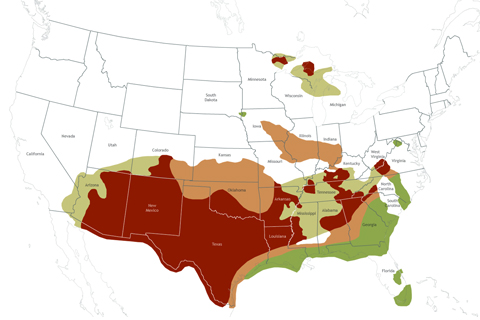
In summer 2011, the South was in the grip of one of the worst droughts on record, and the fall drought outlook issued by NOAA’s Climate Prediction Center provided little hope of relief, especially for the Southwest and Texas.
As early as November of last year, NOAA scientists were able to forecast extreme drought conditions that would likely lead to high fire risk in the South, allowing fire managers time to prepare for an active season.
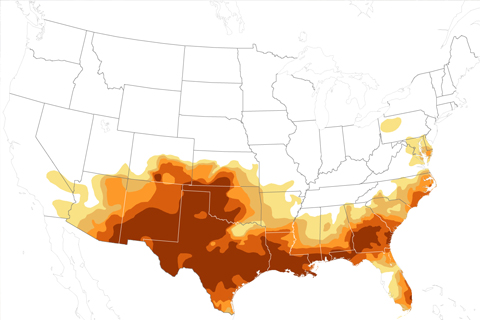
At the peak of this year’s drought, a record 12 percent of the U.S. was experiencing exceptional drought conditions.
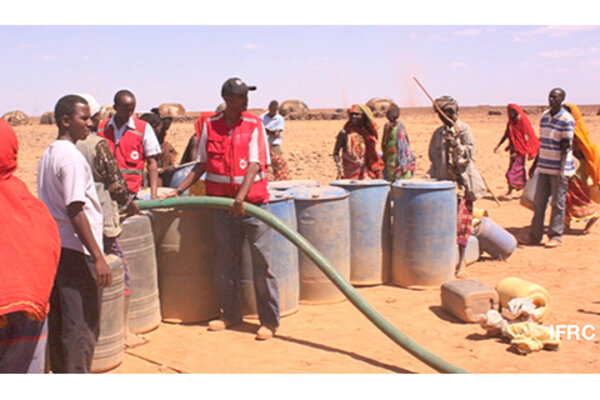
Climate Shocks and Food Security in Horn of Africa
September 1, 2011
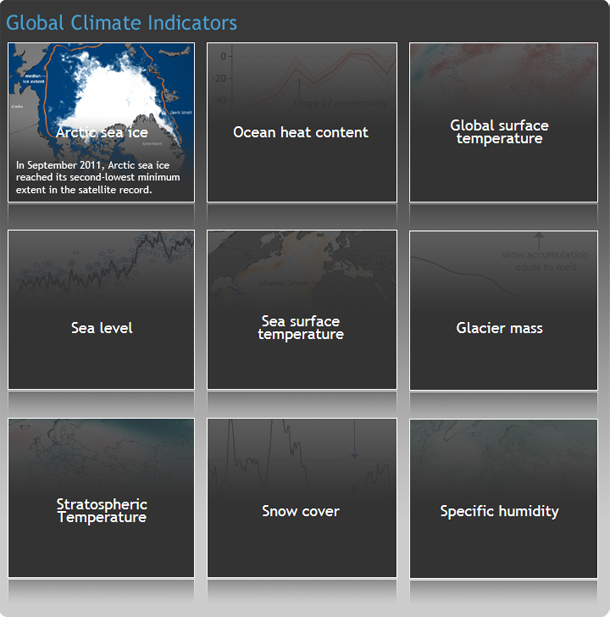
Image highlights form the 2011 State of the Climate report.
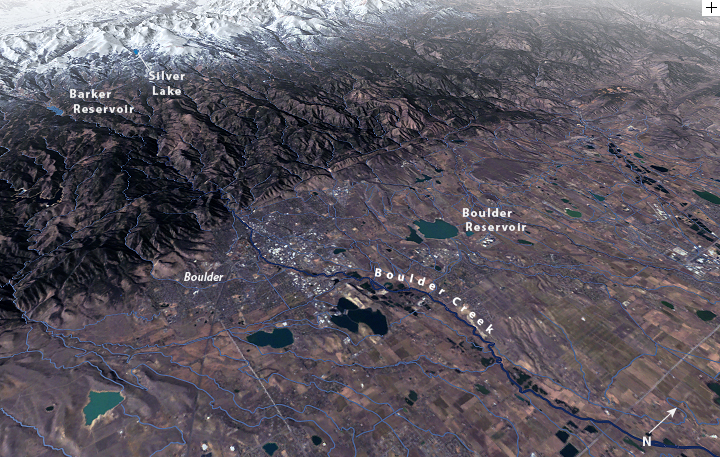
For decades, the City of Boulder, Colorado, has been successfully managing its water supply despite the challenges of being located in a semi-arid climate. But a local water manager wonders if climate change will change the rules of the game...
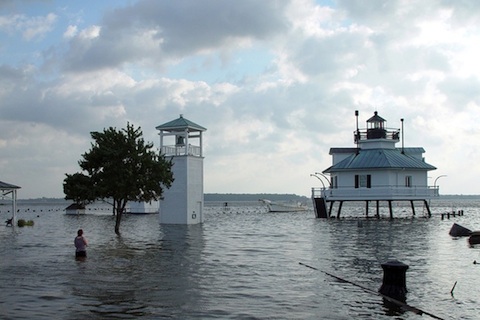
The arrival of Hurricane Isabel in 2003 flooded the retirement home of a Chesapeake Bay couple. With sea level around the Chesapeake Bay rising faster than the global average, how are coastal residents planning for change?
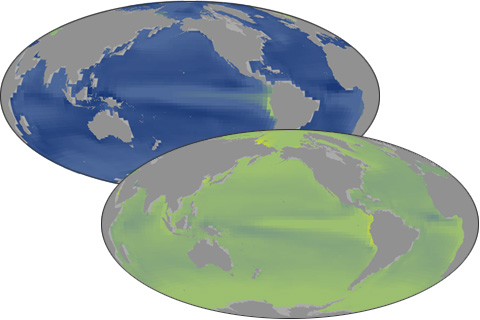
Rising concentrations of carbon dioxide in the air lead to more acidic seawater. More acidic water corrodes minerals that many marine creatures rely on to build their protective shells and skeletons.

